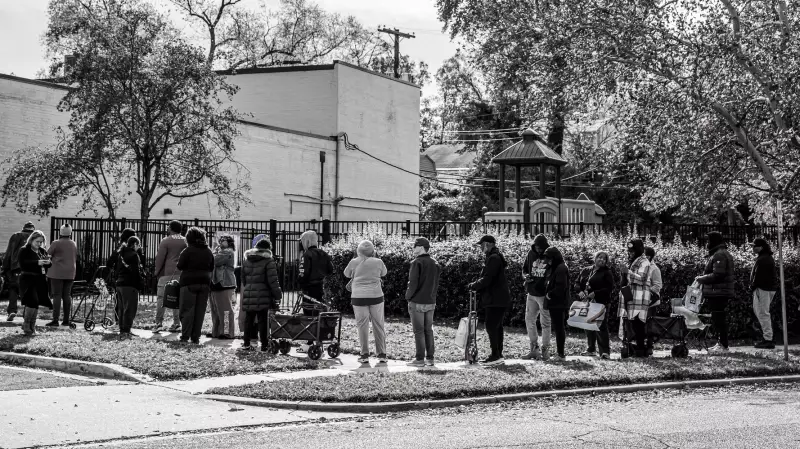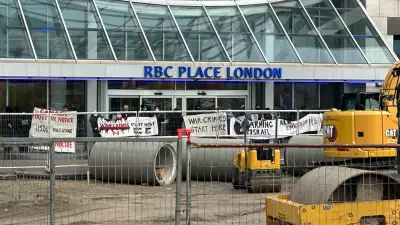
The ongoing federal government shutdown has triggered a severe hunger crisis across Canada, with food banks reporting unprecedented demand and millions of Canadians facing food insecurity. What began as a political stalemate has now evolved into a national emergency affecting vulnerable populations from coast to coast.
Perfect Storm for Hunger Emergency
More than 1 million federal workers have missed paychecks while 42 million people did not receive their food benefits at the beginning of the month. The situation has created what food bank operators describe as a perfect storm for hunger, with grocery prices continuing to climb and food pantry lines growing longer each day.
Cyndi Kirkhart, CEO of Facing Hunger food bank in Huntington, West Virginia, reported alarming trends. We started getting a lot of calls from people who've never accessed food assistance, she told reporters. During what would normally be a busy month, her network might serve 50 households. Recently, they had 25 families show up in a single day just for emergency food boxes.
Food Banks Under Unprecedented Pressure
The crisis is stretching food bank resources to their limits. Celia Cole, CEO of Feeding Texas, confirmed they're seeing more people and distributing more food than ever before. Many recipients woke up to find no food benefits loaded onto their cards, leaving them with empty pantries and hungry children.
In Kentucky, Michael Halligan of God's Food Pantry explained that food is the first thing people sacrifice to make ends meet. Across their network of 500 pantries, demand has increased between 56% to 200% in recent weeks. The surge is taking a toll on staff and volunteers, with Kirkhart describing the situation as the pandemic on steroids.
In my 11 years here, it's never been like this, Kirkhart said. We're seeing families with children waiting in long lines, their children hungry and crying.
Political Uncertainty Compounds Crisis
The government shutdown, now entering its sixth week, has created confusion around Supplemental Nutritional Assistance Program (SNAP) benefits. The Trump administration's back-and-forth on whether benefits would be paid has left states and recipients in limbo.
Despite initial announcements that funds would run dry on November 1, followed by promises of partial benefits, then retractions, the USDA eventually committed to paying November benefits in full. However, no clarity has been provided for December, leaving millions uncertain about their food security.
Meanwhile, food banks have suffered from funding cuts totaling $1 billion nationwide, including the elimination of two Biden-era programs that provided crucial support for purchasing fresh food from local farmers. The so-called One Big Beautiful Bill proposes additional cuts of $300 billion from SNAP through 2034 and would eliminate nutrition education programs.
As the shutdown continues, even federal workers with typically stable incomes are turning to food pantries. Charities in the Washington, D.C., region reported being overwhelmed by attendance at events specifically for furloughed workers.
The situation represents a critical test of Canada's social safety net, with food banks unable to compensate for the scale of SNAP benefits. As Cole emphasized, When partial benefits go out, it still won't be enough. The hunger crisis shows no signs of abating as political solutions remain elusive.





